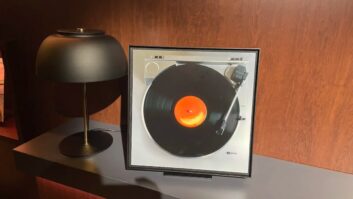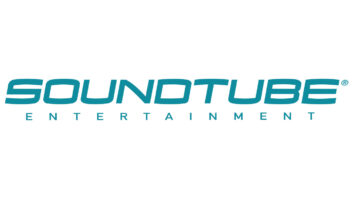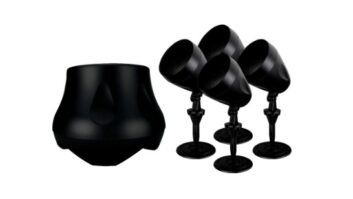After years of catering to the PC gaming community, some multimedia speaker vendors are shifting their attention to audiophiles interested in turning their PCs into entertainment centers.
This change is a harbinger in how the public will buy, listen and store music in the future. Fueling the turnabout are the huge collection of MP3 music files available on the Internet, the growing installed base of rewritable drives, and a wider acceptance of home-networking products – as well as the fact that today’s multimedia sound systems require just a slight tweak to be perfectly suited for music. The gamers are not being shunted aside, but the possibilities offered by Internet music are tremendous, said Micah Stroud, Creative Labs’ senior brand manager for audio.
Michael Luke, Labtec’s VP of product marketing, said, “I think digital audio is the future. It will bring audio in line with how PC software is stored and used, with the music being stored on a PC’s hard drive instead of CDs.”
The primary obstacle holding back the category is the limited availability of broadband Internet access, but vendors expect this situation to be rectified as early as the end of 1999.
“Bandwidth is the issue,” said Stroud. “Broadband is needed for it [downloading music] to be truly seamless. With it you can download a whole album in 10 or 15 minutes instead of the three or four hours now needed.”
When this capability is reached the PC will become an even more important component in a home’s entertainment system. And, said Stroud, this will encourage music enthusiasts or people who want to inexpensively create a second music system for their home to buy better speakers.
Because the speakers do not need to be reworked to play music, vendors are just slightly altering their products to make them more appealing to audio enthusiasts, Stroud said.
Creative Labs, for example, offers extra speaker cable and is developing a new retail kiosk that will display the speaker’s ability to play music.
Labtec is adding an MP3-ready logo to its headset and speaker packaging, while not actually changing the speakers.
“Many things are universal, like delivering great sound quality at a good price,” said Labtec’s Luke, “but these speakers still must offer space savings and be easily controlled. Because these speakers are going mass market they must be simple for a non-PC user to set up.”
The products must also be inexpensive. Allen Gharapetian, Yamaha’s product marketing manager for audio, said multimedia kits priced above $100 just do not sell.
The next step will be to network a home’s existing entertainment devices with a computer. Luke took this vision a step further. He sees “a server-based home network down the road.”
Before a server-based system becomes a reality, simple home networks tying computers and audio/video will appear.
Yamaha is working on such a system, said Gharapetian, but nothing will be available for more than six months.
This trend has caught IBM’S attention. For the first time IBM has bundled Real Network software with its new line of Aptiva consumer PCs, said John McAdaragh, VP of worldwide marketing for Aptiva.
“Real Network is the first step,” said McAdaragh. “Sound is hot this year, where video cards were hot last year.”
One traditional loudspeaker customer, Klipsch, is plunging into the PC speaker category in an effort to attract new buyers (see story below). “Our average customer is in their mid-30s. This will help Klipsch increase awareness among younger consumers,” a spokeswoman said. “At one time, you used car stereo to acclimate people to your brand,” she continued. The company had planned to target the youth segment by getting into the car audio aftermarket, but it dropped those plans about a year-and-a-half ago.
Klipsch director of market development Mark Casavant explained that once a younger-generation customer is accustomed to the Klipsch name through PC speakers, the company hopes these people will purchase the firm’s home audio equipment. “It will get [younger] people into the home theater market by giving them a taste of high-performance audio,” he said. “It will whet their appetite and build their desire to get into serious high-performance products.” – Additional reporting by Joseph Palenchar













